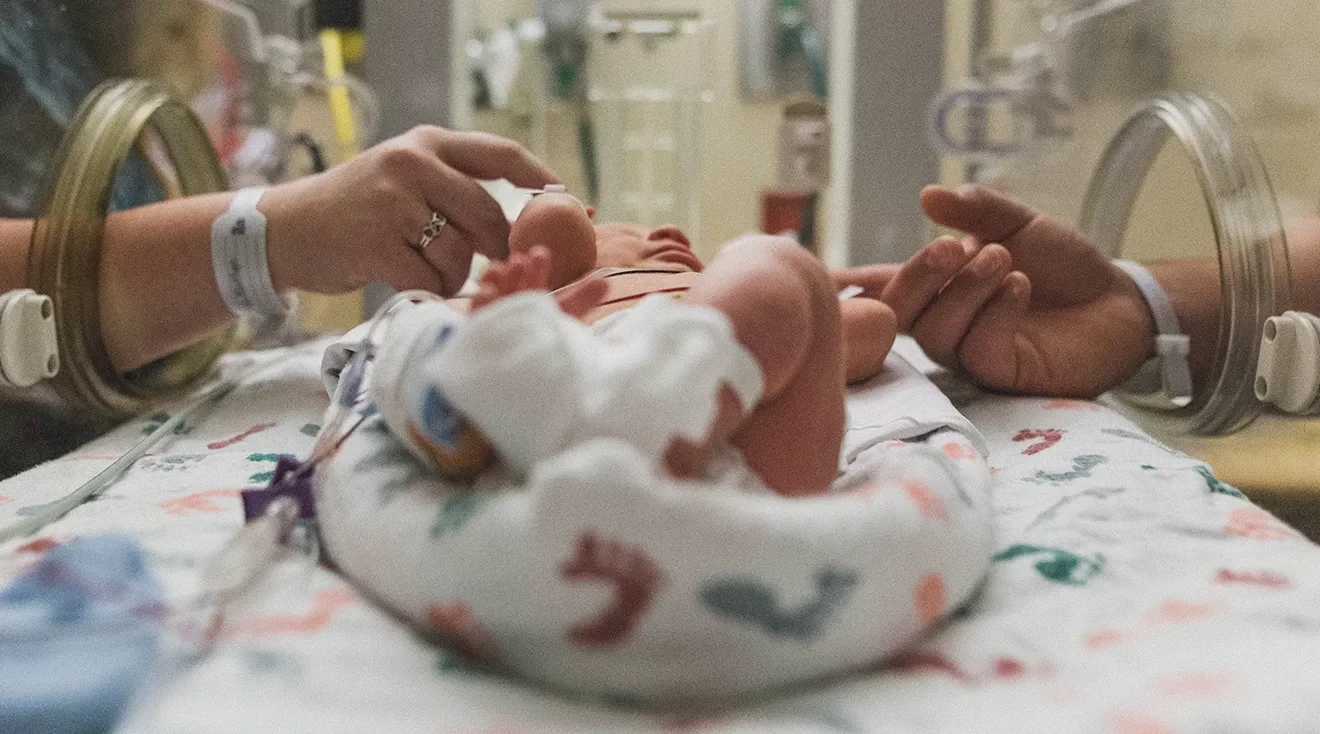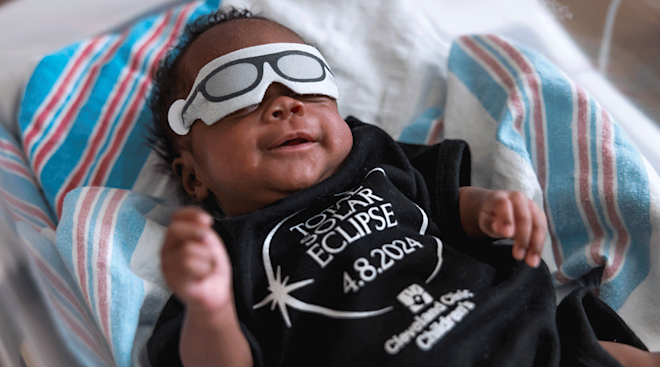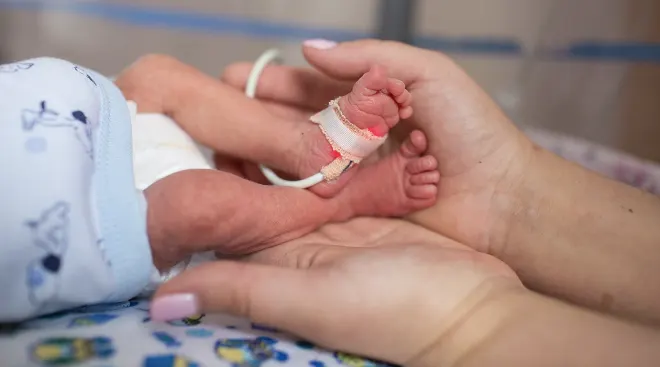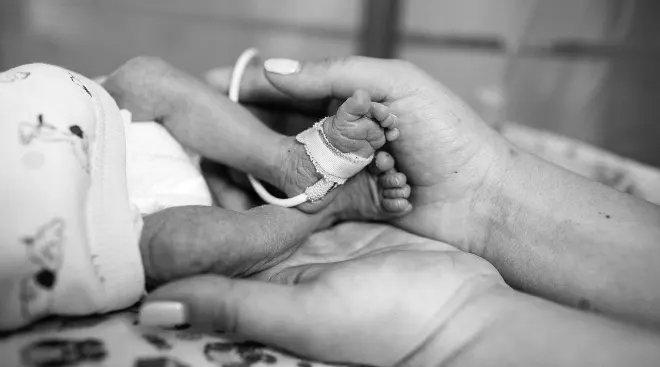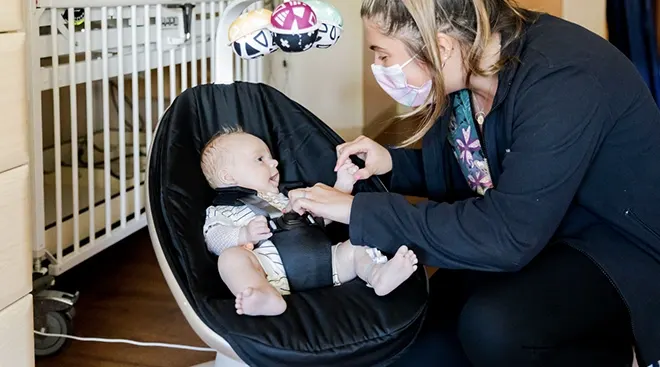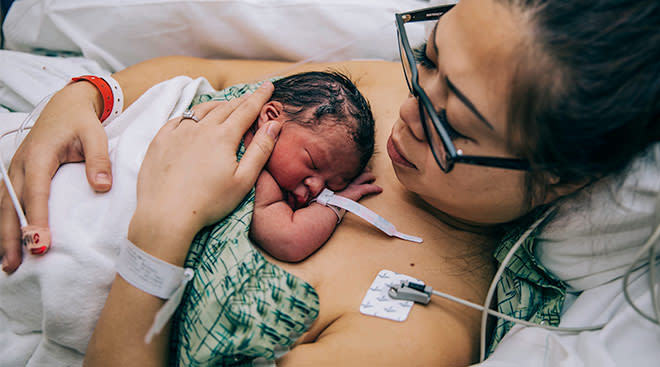Premature Births Reach a 15-Year High in the US: Here’s What We Can Do
America’s report card on infant and maternal health is in—and the results surely won’t be earning anyone an ice cream celebration.
What the report says
The annual March of Dimes Report Card reveals that the US preterm birth rate reached 10.5 percent in 2021, representing an increase of 4 percent since 2020. This is the worst rate the nonprofit has observed since it started tracking premature births in 2007 and drops America’s infant and maternal health grade from a C- to a D+.
More than just an arbitrary number or letter grade, this increase in premature births (babies born ahead of 37 weeks gestation) spells real health consequences for mom and baby. Studies show that premature babies are at a greater risk of immediate and chronic health problems like asthma, blindness and intellectual disabilities.
Like previously observed racial disparities in maternal mortality, researchers have found stark racial disparities in premature birth rates. Infants born to Black and Native American moms are 62 percent more likely to be born preterm than those born to White women.
The March of Dimes notes that along with a rise in premature births, the amount of women who experience complications during birth is steadily increasing, affecting at least 50,000 women in the US each year.
A potential bright spot in the report—infant mortality rates have seen a slight decrease from 5.6 deaths per 1,000 live births in 2019 to 5.4 deaths per 1,000 live births in 2020.
What is causing the increase
While there isn’t one root cause for soaring preterm birth rates, research shows that unequal access to quality health and maternity care has a big impact.“We know that healthy babies are more likely born to healthy moms in strong communities that provide support for women’s health and policies that support access to quality health care,” Stacey Stewart, the president of March of Dimes, said in the report.
Throughout the report, researchers address how where you live in the US can deeply impact your community, access to care and, thus, the likelihood of having a preterm birth. The state with the lowest preterm birth rate? Vermont. The state with the highest? Mississippi. You can see where your state falls here.
What can we do to lower the premature birth rate
March of Dimes wants Americans to know they can do something to make the future of maternal and infant health brighter. Here are a few ways you can make a difference in your community and nationally.
- Volunteer. Visit the March of Dimes Volunteer page to learn more about local opportunities near you. From helping healthcare workers to hosting postcard parties and helping tournaments, galas and food events off the ground—your help, time and energy can make a big change.
- Advocate. At BlanketChange.org, you can learn more about the March of Dimes Mamagenda and how you can support game-changing legislation at state and national levels.
- Donate Low on time and want to leave it up to the professionals? By donating to March of Dimes, you can support programs that help give every family the best possible start.
Navigate forward to interact with the calendar and select a date. Press the question mark key to get the keyboard shortcuts for changing dates.

































